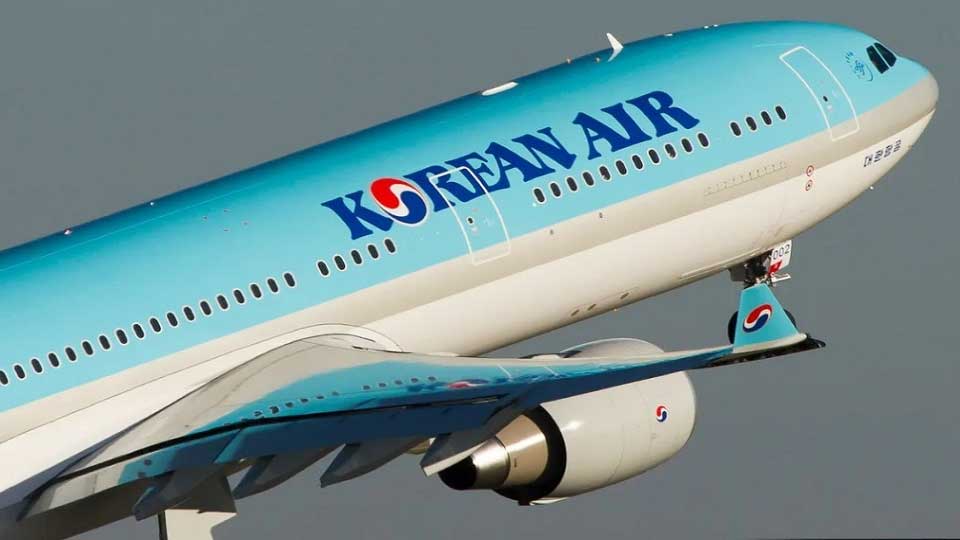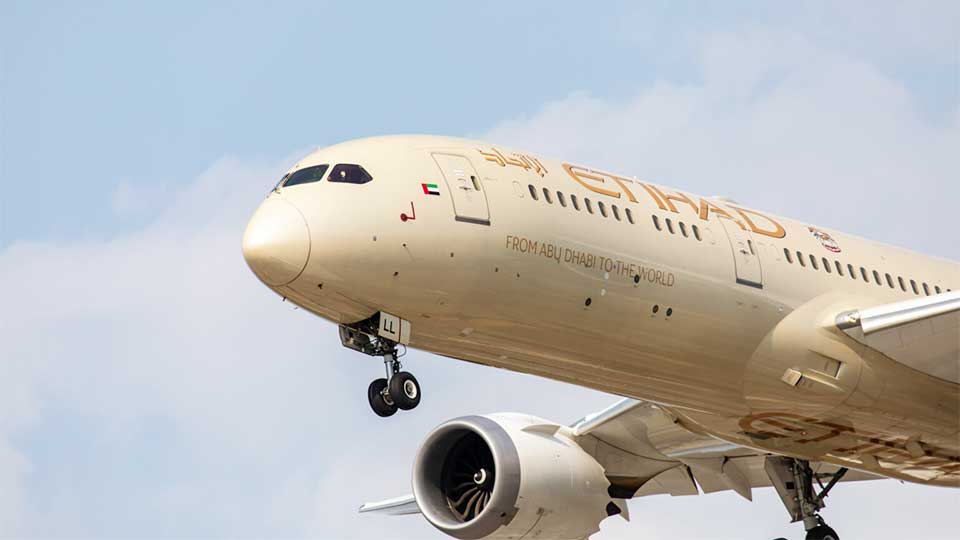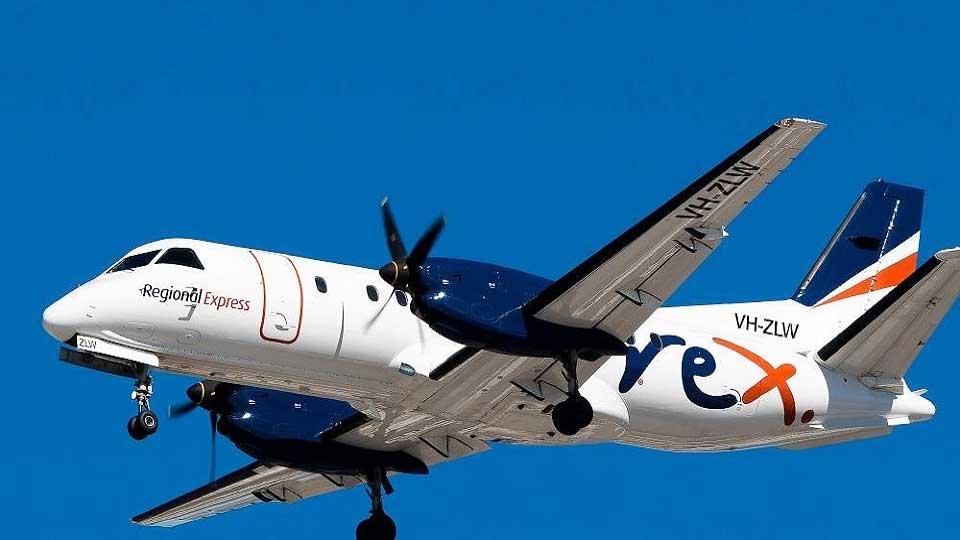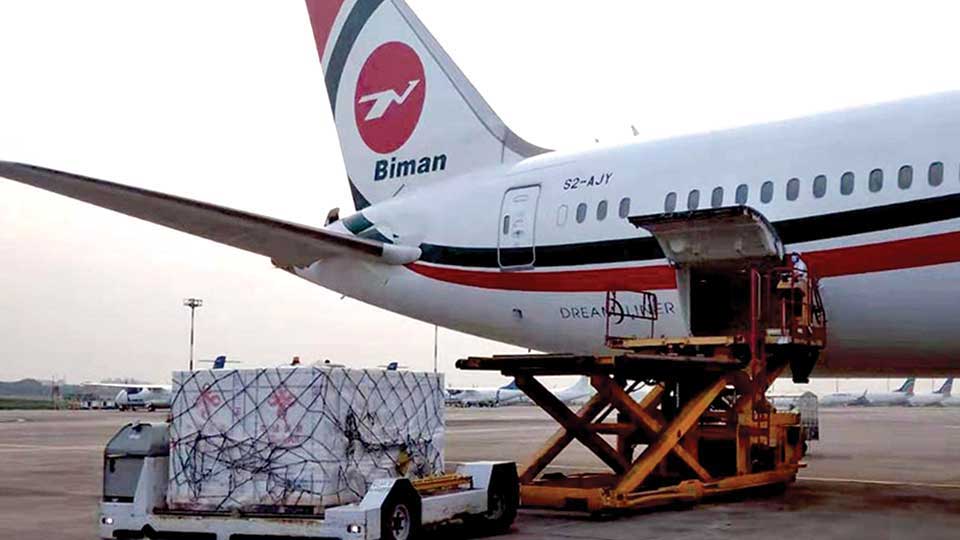
Dhaka: Korean Air reported a 67pc drop in 3rd quarter net profit, as rising fixed costs and intensifying competition in ticket pricing offset a recovery in passenger demand.
The airline posted 91.8 billion won ($2.8 billion) in net profit on a consolidated basis for the July to September period, it said in a regulatory filing on Tuesday ( Oct 21) .
Revenue came in at 4.01 trillion won, down 6pc from a year earlier, while operating profit slumped 39pc to 376.3 billion won.
The year-on-year declines reflect a fall of 232.3 billion won in revenue and 242.3 billion won in operating profit.
“Passenger revenue fell year-on-year due to growing global supply and intensifying competition in airfare pricing,” Korean Air said.
“Although fuel costs declined slightly, rising fixed costs — including depreciation, maintenance and airport fees — led to a rise in overall operating expenses.”
Passenger revenue came to 2.42 trillion won, down 196.2 billion won from a year earlier. Despite the third quarter being a traditionally strong travel season, stricter U.S. entry rules and the timing of the extended Chuseok holidays in early October pushed demand into the fourth quarter.
Cargo operations also remained sluggish. Amid the prolonged U.S.-China trade conflict and slowing global freight demand, cargo revenue dipped by 53.1 billion won to 1.07 trillion won.
Low-cost carriers (LCCs), already vulnerable to fare wars, are facing even greater challenges. The won-dollar exchange rate has remained stuck in the 1,400-won range, driving up costs denominated in dollars, such as fuel and aircraft lease payments. Combined with rising labor and airport fees, cost structures have weakened significantly.
According to Korean Air’s business report, a 10-won increase in the exchange rate against the dollar results in roughly 27 billion won in foreign exchange losses. LCCs, which rely more heavily on aircraft leases, are more exposed to exchange rate fluctuations.
Jeju Air is expected to have taken the biggest hit. Market analysts project its third-quarter consolidated revenue to fall 14.8 percent on year to 418.7 billion won, and operating profit is expected to plunge 63.9 percent to 16.8 billion won.
Air Busan and Jin Air are also forecast to report lackluster results. Air Busan's revenue is estimated to fall 10.9 percent year-on-year to 223 billion won, with operating profit shrinking 60 percent to 15 billion won. Jin Air is expected to post 351.6 billion won in revenue and 24 billion won in operating profit, down 3.7 percent and 40.3 percent year-on-year respectively.
Industry insiders are cautiously optimistic about a recovery beginning in the fourth quarter this year. Demand is expected to rebound as the Chuseok travel bump is reflected and the year-end holiday season begins.
Korean Air plans to focus on flexible route management for popular winter destinations to improve profitability. A recovery in semiconductor exports and seasonal retail demand could also help lift cargo operations.
LCCs are similarly planning to boost flights to Southeast Asia and expand charter operations to improve earnings.
Another potential tailwind is the return of Chinese travelers. The Korean government introduced a temporary visa-free entry program for Chinese tour groups at the end of September, raising hopes for increased inbound demand.
“If recovery on China routes gains momentum, it could support profitability,” an LCC official said. “High exchange rates and intense price competition remain burdens, but we are hoping for a turning point with the start of the winter season.”
-B












